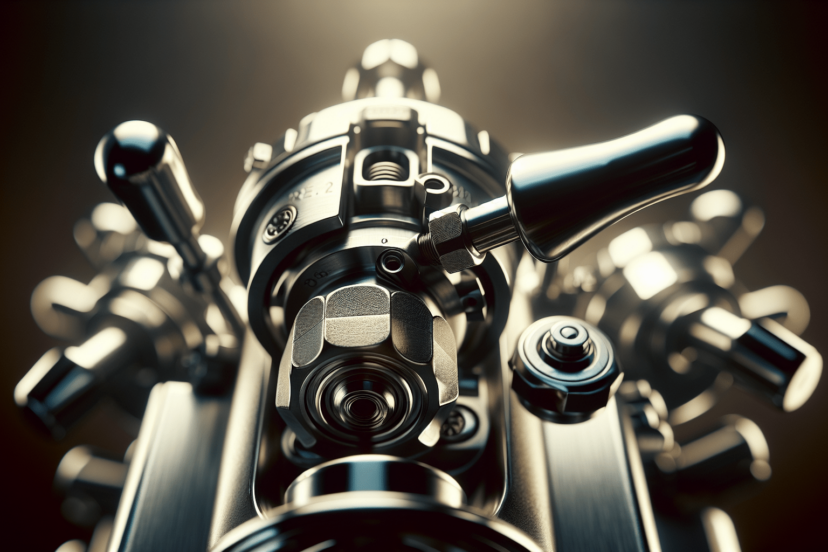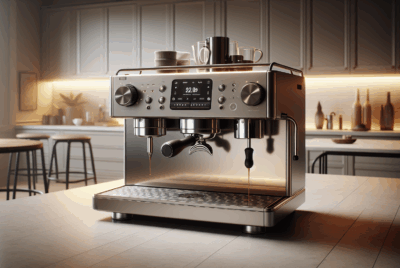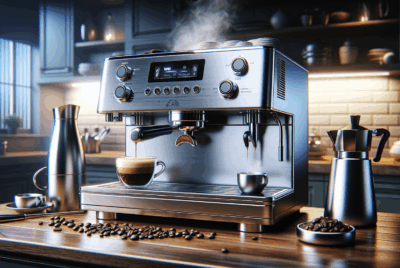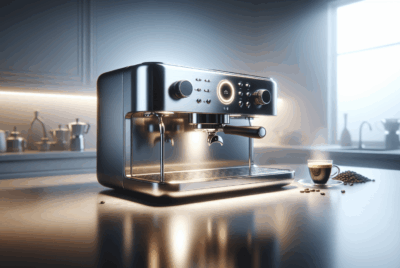Understanding the Espresso Machine Pressure Valve
As an Amazon Associate, I earn from qualifying purchases, at no additional cost to you. Disclaimer
Have you ever wondered how your espresso machine manages to produce that perfect shot every time? One of the pivotal components in that process is the pressure valve. Let’s take a closer look at this essential part and unravel the mystery behind how it works, why it’s crucial for espresso preparation, and how it contributes to the flavor and texture of your daily cup.
Click Here to Brew Better Coffee Today
What is an Espresso Machine Pressure Valve?
The pressure valve in an espresso machine is essentially a regulator that ensures the pressure within the machine is at an optimal level for brewing espresso. It controls the flow of water, ensuring it moves through the coffee grounds at the right pressure to extract maximum flavor. Without the correct pressure, the espresso could either be too weak if the pressure is too low, or too bitter and over-extracted if too high.
How Does the Pressure Valve Work?
The pressure valve operates by allowing water to be forced through the coffee grounds at around 9 bars of pressure, a standard for most traditional espresso machines. When you activate your espresso machine, water is heated and channeled towards the coffee puck, with the pressure valve acting as the gatekeeper. It ensures the pressure remains constant to extract oils and flavors uniformly.
Types of Pressure Valves
Understanding the different types of pressure valves can provide insight into their operation and how each might affect the taste of your espresso.
Over Pressure Valve (OPV)
The Over Pressure Valve plays a critical role in managing excess pressure. If the machine builds more pressure than required, the OPV will relieve this excess, preventing the espresso from becoming bitter or over-extracted.
Pros and Cons of Over Pressure Valve
| Pros | Cons |
|---|---|
| Prevents over-extraction | Can malfunction if not maintained properly |
| Protects the machine | Requires regular calibration |
| Improves flavor consistency | Can be tricky for beginners to adjust |
Pressure Relief Valve (PRV)
Another commonly found valve in an espresso machine is the Pressure Relief Valve. It serves a similar purpose to the OPV but is more focused on protecting the machine from pressure buildup. Unlike the OPV, it doesn’t necessarily assist in flavor extraction, but it ensures the safety and longevity of your machine.
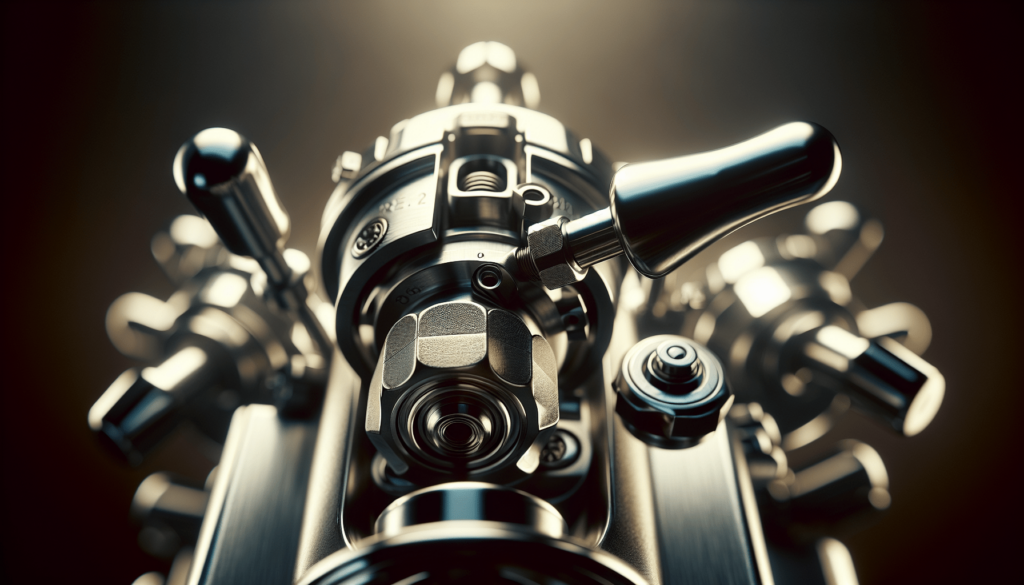
Click Here to Upgrade Your Coffee Setup
Importance of Espresso Machine Pressure
Pressure is not just a technical metric; it’s central to the flavor and quality of your espresso. Without proper pressure:
- Flavor Balance: The coffee can taste either too sour or too bitter.
- Crema Formation: Insufficient pressure can result in a lackluster crema.
- Overall Experience: The mouthfeel can be thin and unsatisfying.
Role of Pressure in Espresso Extraction
When water is forced through the coffee grounds under pressure, it extracts the soluble compounds, oils, and flavors. The pressure must be consistent to ensure that every espresso shot tastes as delicious as the last. Too low a pressure fails to dissolve the necessary solids, while too high a pressure can over-extract and result in a harsh taste.
How to Regulate Pressure on Your Espresso Machine
Regulating pressure is often about understanding your machine and becoming familiar with its settings. Here are some general tips to get started.
Checking and Adjusting the Pressure Valve
Regular checks on your espresso machine’s pressure valve can help maintain the quality of your brews. Adjusting the valve is typically a matter of turning a screw or knob on the machine:
- Begin with the machine off: Safety first! Ensure no active brewing process is occurring.
- Locate the valve adjustment: Refer to your machine’s manual for specific locations.
- Adjust incrementally: Small adjustments can significantly impact the pressure, so proceed with caution.
- Test the brew pressure: Brew a test shot to see the effects of your adjustment.
Using a Pressure Gauge
Many high-end espresso machines come equipped with a pressure gauge, allowing you to see a real-time display of your brewing pressure. This tool can help you fine-tune your machine’s settings for the perfect extraction.
Benefits of Using a Pressure Gauge
- Precise Control: Allows for accurate adjustments.
- Immediate Feedback: See results of adjustments instantly.
- Quality Improvement: Helps to consistently achieve optimal flavors.
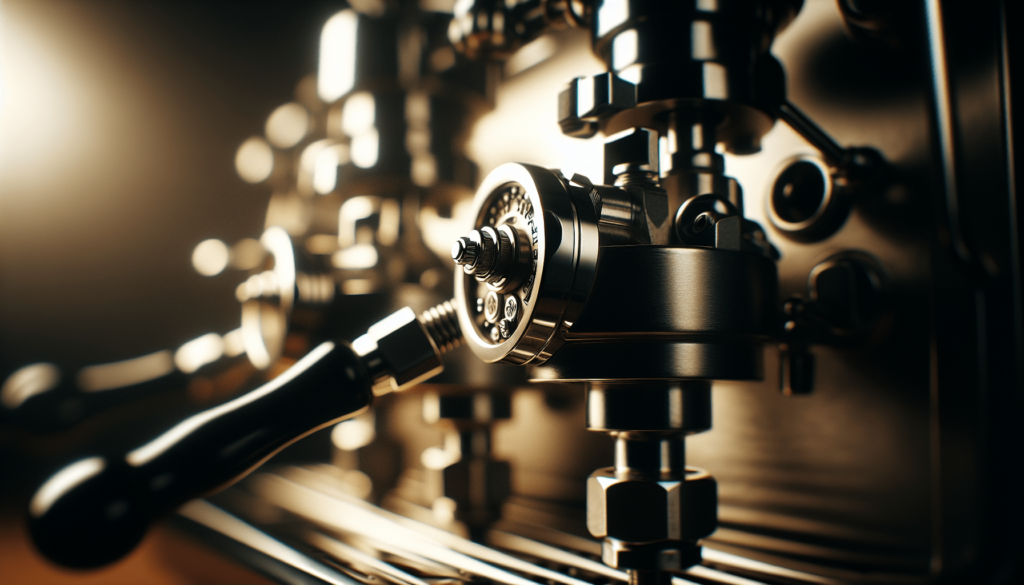
Click Here Explore the Best Espresso Machines
Common Issues with Pressure Valves
Even with the best maintenance, pressure valves can encounter issues that affect espresso quality. Knowing these common issues can help troubleshoot problems before they affect your coffee enjoyment.
Blockages and Clogging
Espresso machines use finely ground coffee, which can sometimes lead to blockages in the system, including the pressure valve. Regular cleaning of the machine reduces the likelihood of this issue.
Incorrect Calibration
If the pressure valve is not correctly calibrated, it can lead to an inconsistent espresso experience. Calibration ensures that the pressure released is appropriate for brewing.
Maintenance Tips for Pressure Valves
Proper maintenance of your espresso machine, including its pressure valve, is crucial to ensuring longevity and consistent performance.
Regular Cleaning
Dismantling and cleaning the components regularly will ensure that residue doesn’t build up and interfere with the pressure valve’s operation.
Professional Servicing
For more complex issues or for routine check-ups, consider taking your machine to a professional. They can thoroughly inspect and ensure that all components, including the pressure valve, are functioning correctly.
Conclusion: The Role of the Pressure Valve in Crafting Your Perfect Espresso
Understanding the espresso machine pressure valve, its function, maintenance, and potential issues, empowers you to get the most out of your daily brew. Whether you’re a seasoned barista or a home coffee enthusiast, mastering the nuances of pressure can elevate the quality and enjoyment of your espresso experience. Embrace the science behind the perfect shot, and your palate will thank you every morning.
Learning about pressure valves and how they affect your espresso can transform your approach to coffee-making, turning it into an artful practice that is as nuanced as the beans you use. So, next time you brew a shot, consider the pressure valve, silently playing its part in crafting the perfect espresso experience.

